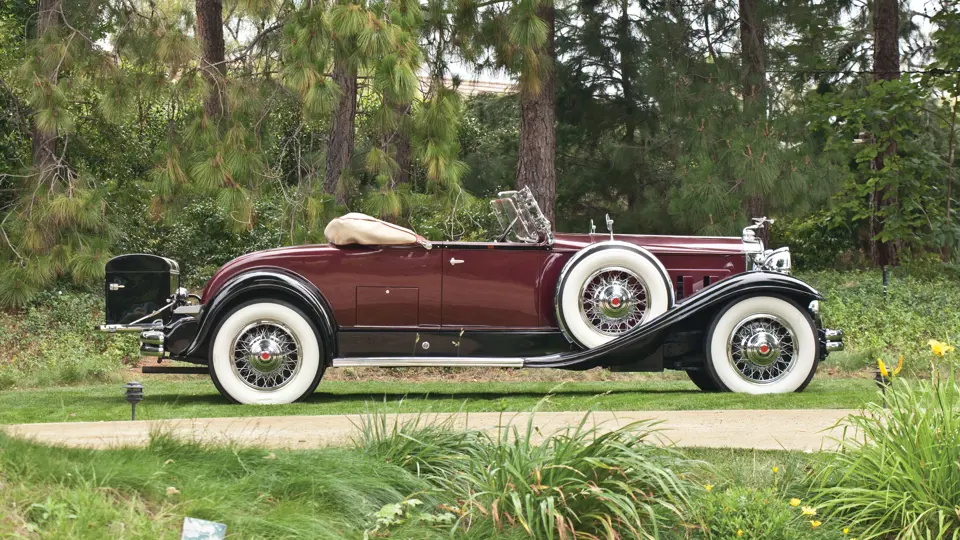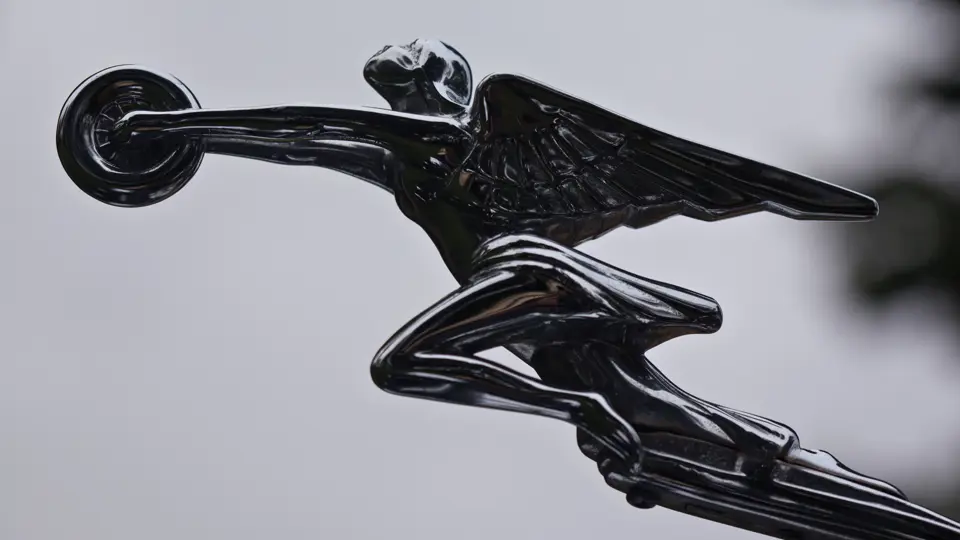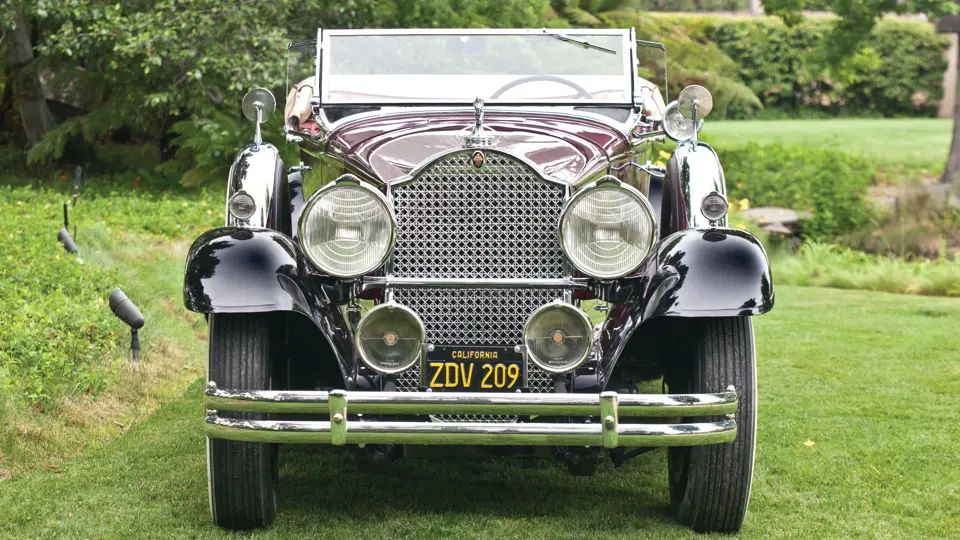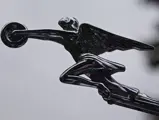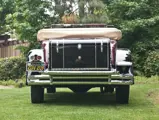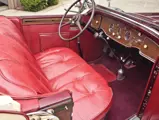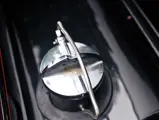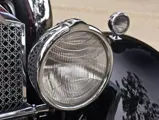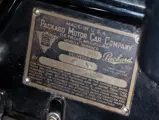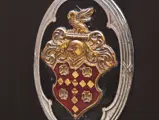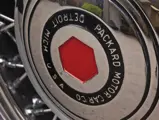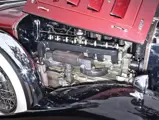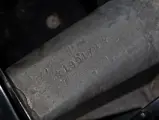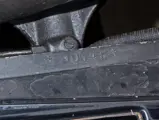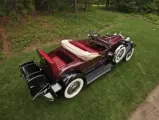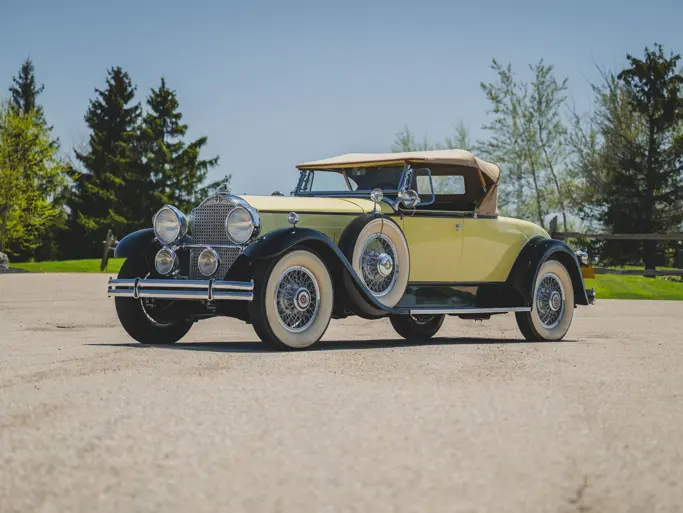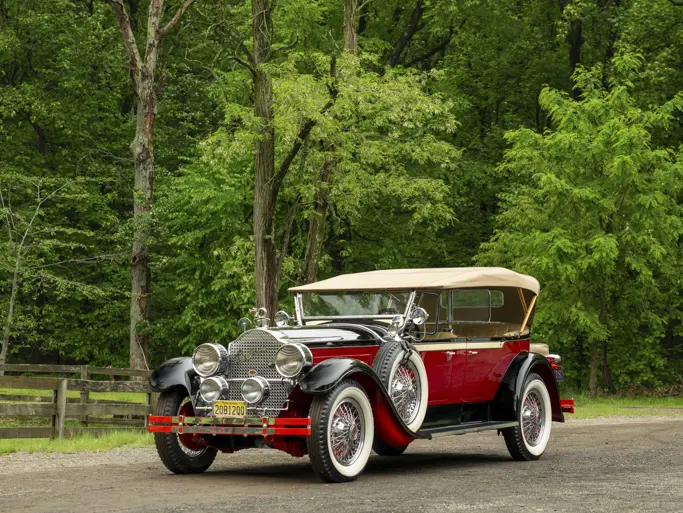Model 840. 120 bhp, 384.8 cu. in. side-valve eight-cylinder engine, four-speed manual transmission, solid front axle with semi-elliptic leaf springs, live rear axle with semi-elliptic leaf springs, and four-wheel mechanical brakes. Wheelbase: 140.5"
- Single ownership since early 1970s
- Coveted “black plate” California car
One of the most storied cars in Packard history is the Speedster, built in 1929 and 1930 only. Patterned after a boat-tailed roadster built in 1928 by chief engineer Jesse Vincent, it was an early form of muscle car, with the powerful Custom Eight engine fitted to the shorter and lighter Standard Eight chassis. A production version was introduced in February 1929, first as a rumble-seat roadster, later including a four-passenger phaeton and a sedan. Speedsters sold for $5,000, about twice the price of a Standard Eight, and only 70 are reported to have been built.
For 1930, the Speedster line expanded to include a two-passenger boat-tailed runabout and a victoria. Two engines were offered, a detuned 125 bhp unit or a more powerful 145 bhp version with high compression head, finned manifold, larger valves and twin-choke carburetor. Top speed was in excess of 100 miles per hour.
Packard Motor Car Company introduced its Eighth Series cars on August 14, 1930. Manifolds and valves from 1930’s Speedster engine had been adopted across the board, resulting in a horsepower boost to 100 for the 319.2-cubic inch Standard Eight, 120 on the 384.8-cubic inch Deluxe models. Deluxe Eights came on two wheelbases: 140.5 inches for open and five-passenger closed cars as well as the Individual Custom models and 145.5 for the seven-passenger sedan and sedan-limousine. The iconic Speedster model of 1929-30 had been discontinued, leaving the Roadster as the most sporting model. In the Deluxe 840 line, this was a rumble seat model using a Style 472 Packard-built body.
The deepening Depression took its toll. While more than 6,000 Deluxe Eights had been produced in the 1930 model year, a scant 2,016 were built for 1931, nearly three-quarters of them before the end of calendar 1930. Sales, however, could not keep up with supply. When the more streamlined Ninth Series 1932 models were introduced in June 1931, the factory began producing kits to update unsold 1931s to the new look to help dealers reduce inventories.
This Deluxe Eight roadster was purchased by the current owner in the early 1970s. A “black plate” California car, it is in excellent original condition. “Black plate” refers to the California license plates of 1963-1969, which remain valid when documented to the car for which they were originally issued. Since they represent a documented period in a car’s history, they are more sought after than the year-of-manufacture plates more common today.
Maintained, serviced and exercised by the owner’s personal mechanic, it is fitted with chrome wire wheels, chrome side-mount covers, a rear-mounted trunk and a spot light on the driver’s side. It is well known on the show circuit in California and the western states.
The last of the true Packard roadsters (the “Coupe-Roadsters” of 1932 had roll-up windows) and the spiritual successor to the famed Speedsters, the Model 840 Deluxe Eight Roadster is one of the most sought after of Classic Era Packards.




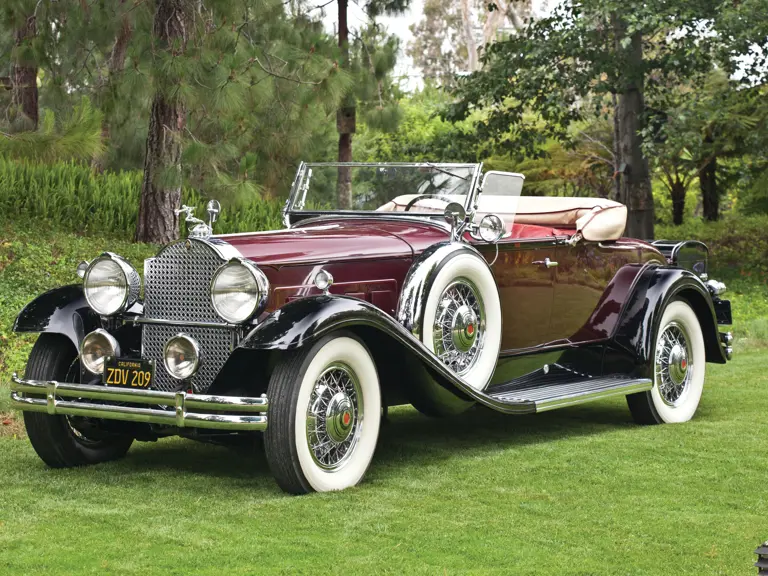
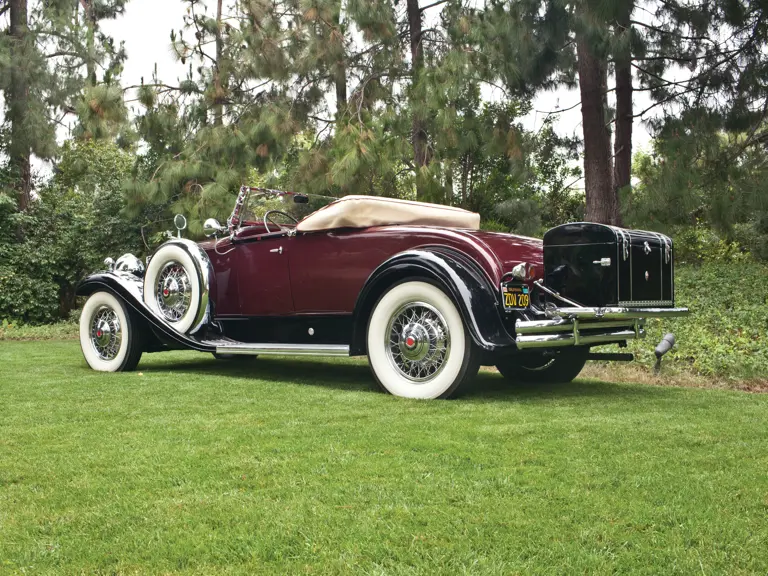

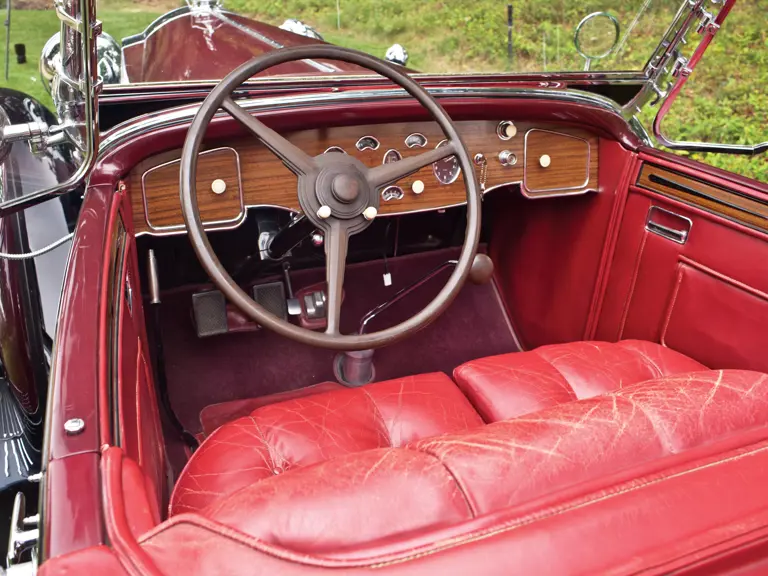
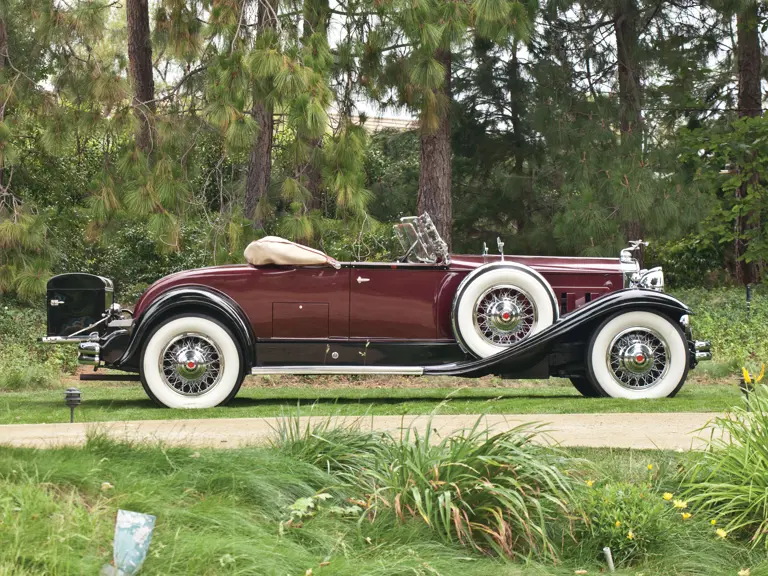
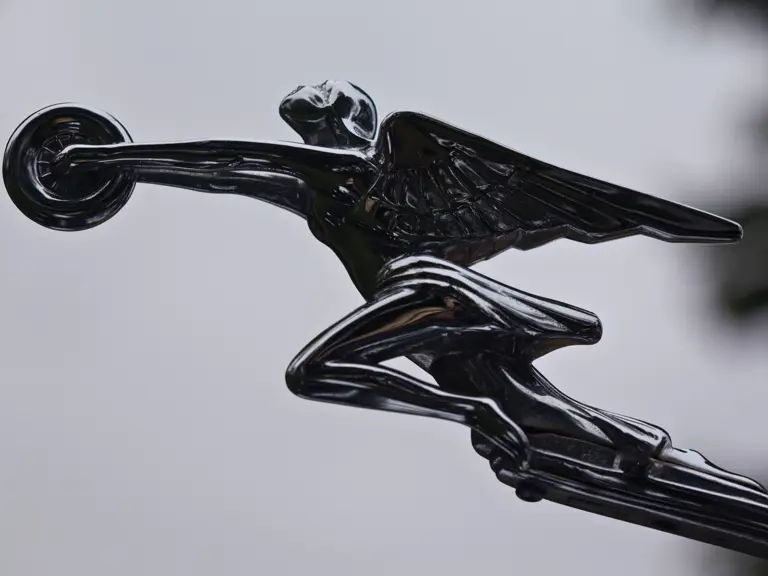
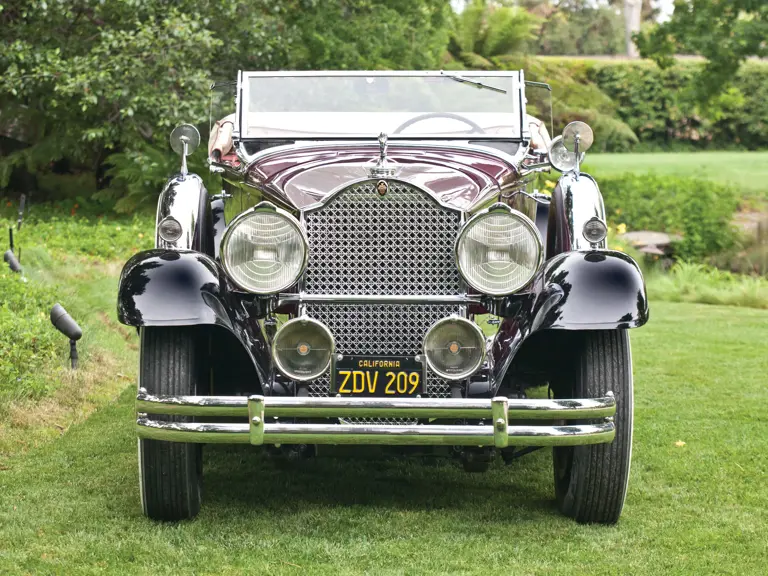
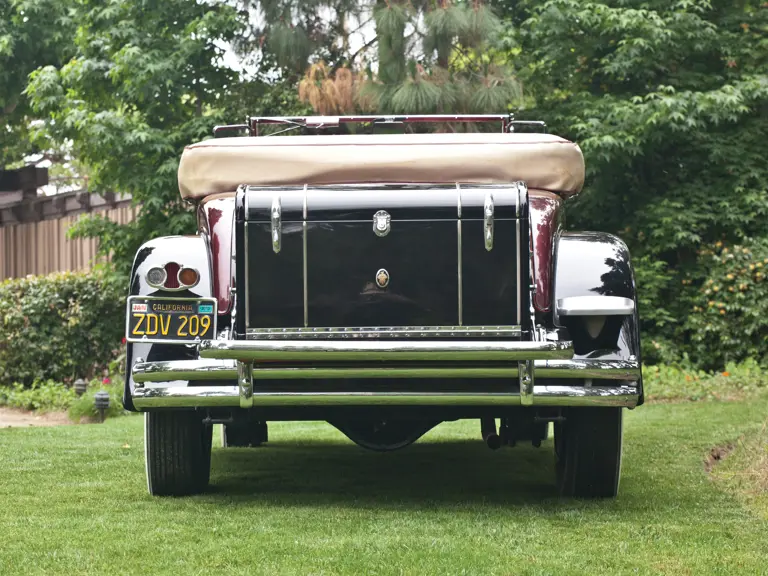
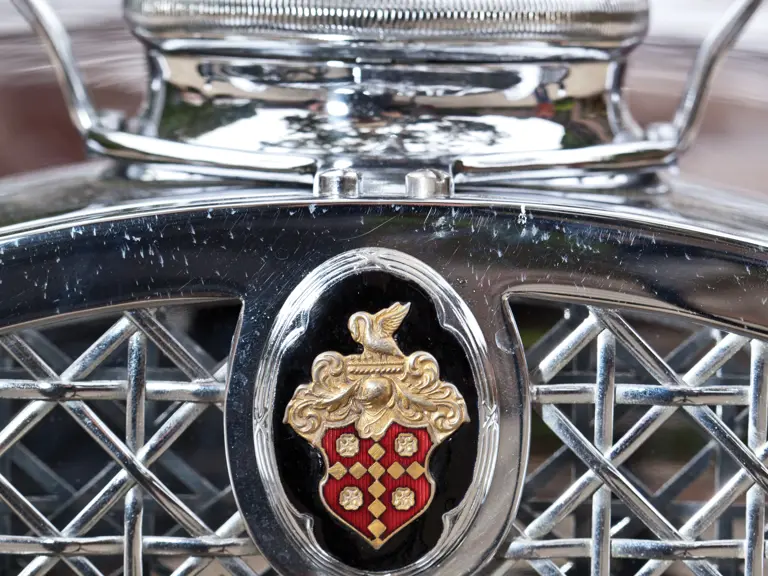



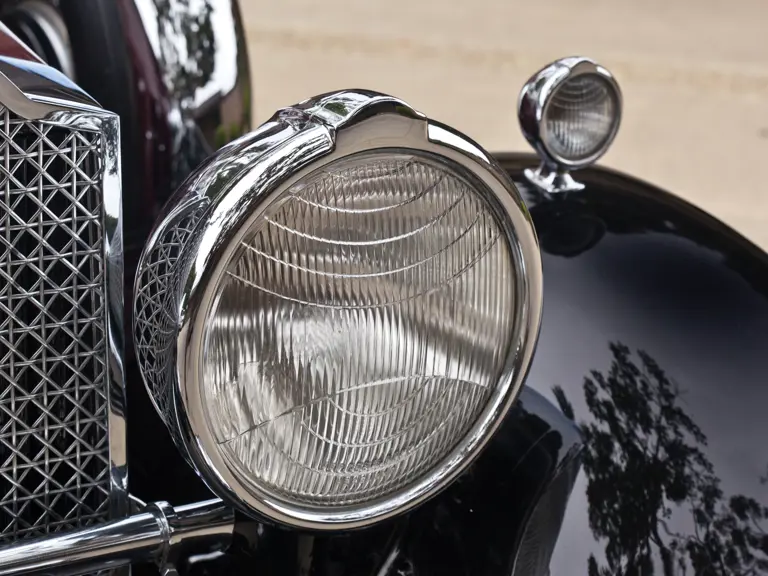
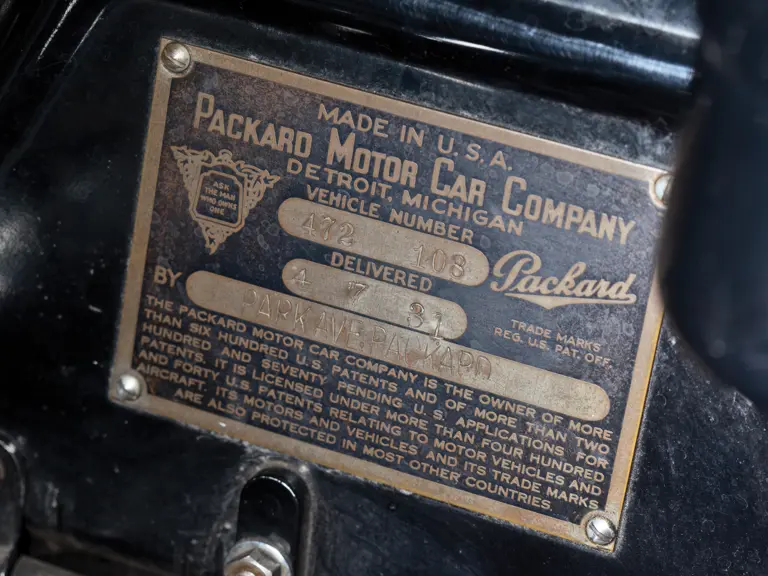
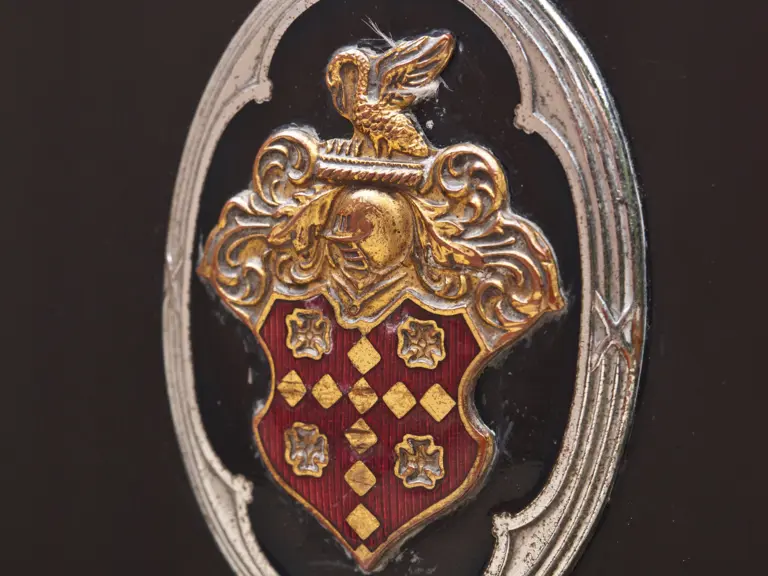
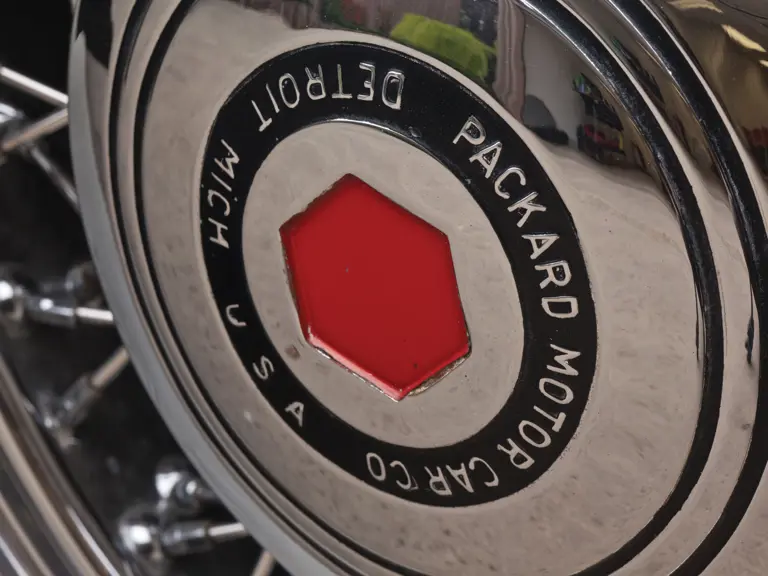
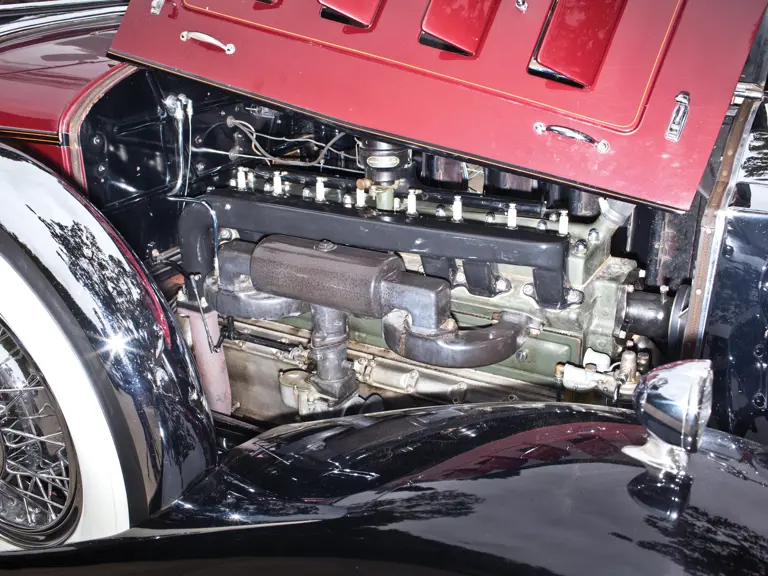
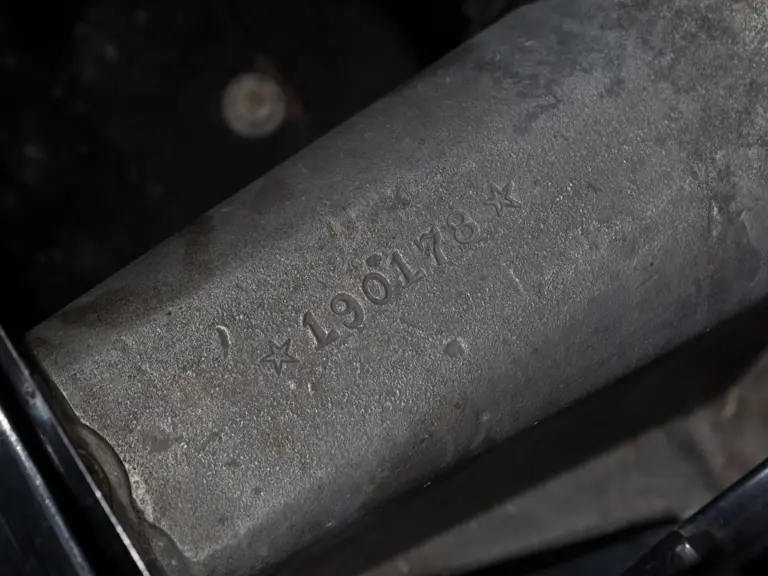



 | Monterey, California
| Monterey, California
